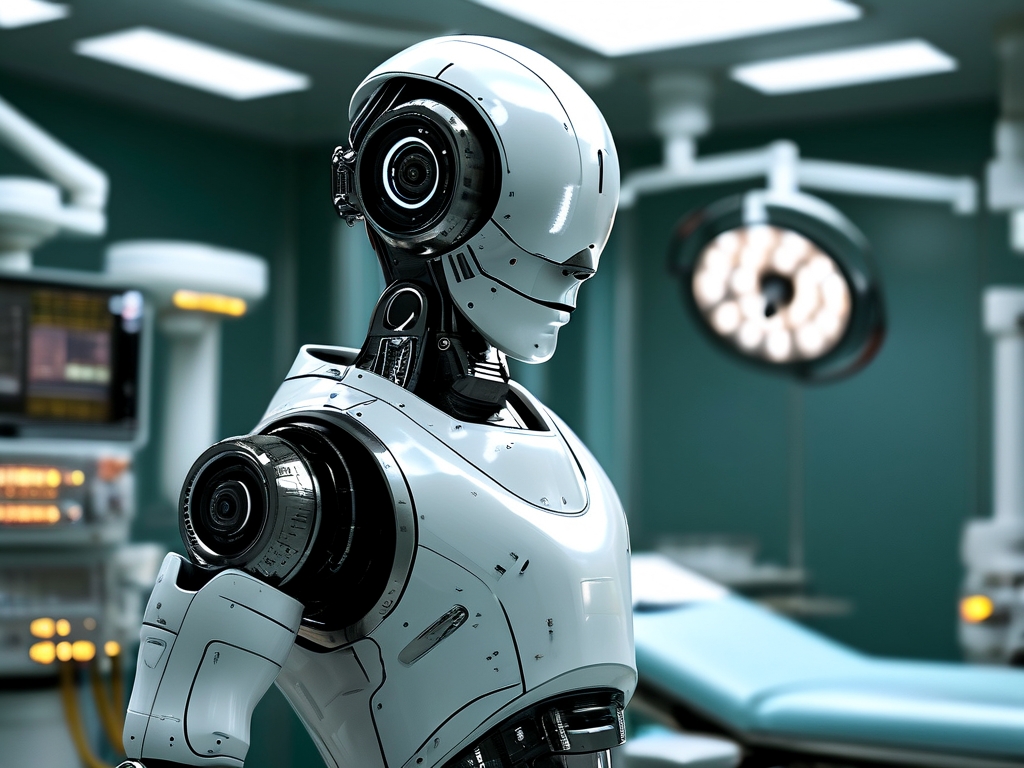Breast reconstruction has long been a critical component of recovery for millions of breast cancer survivors and individuals seeking post-mastectomy restoration. In recent years, robotic breast reconstruction technology has emerged as a groundbreaking advancement, blending precision robotics with surgical expertise to redefine patient outcomes. This article explores the science behind this innovation, its clinical applications, and its transformative potential in modern medicine.

The Science of Robotic Breast Reconstruction
Robotic breast reconstruction utilizes advanced robotic systems, such as the da Vinci Surgical Platform, to perform minimally invasive procedures with unparalleled accuracy. These systems employ high-definition 3D imaging, wristed instruments capable of 360-degree rotation, and AI-assisted motion scaling to execute delicate tissue manipulation. Unlike traditional open surgeries, robotic techniques allow surgeons to operate through incisions as small as 1–2 centimeters, minimizing trauma to muscles and nerves.
A key feature of this technology is its ability to navigate complex anatomical structures, such as the intramammary fold or microvasculature, with submillimeter precision. For autologous flap reconstruction—where tissue is transplanted from the abdomen or thighs—robotic systems enhance the survival of transplanted tissue by ensuring optimal blood vessel anastomosis. This reduces postoperative complications like necrosis or infection, which affect 15–20% of patients in conventional surgeries.
Clinical Advantages Over Traditional Methods
- Reduced Recovery Time: Patients undergoing robotic reconstruction typically experience 30–40% shorter hospital stays compared to open surgery, with many discharged within 24–48 hours.
- Improved Cosmetic Outcomes: The precision of robotic tools enables symmetrical scar placement and natural-looking breast contours, addressing a major concern for 68% of reconstruction patients.
- Lower Complication Rates: Studies show robotic procedures reduce risks of hematoma (by 22%), seroma (by 18%), and chronic pain (by 35%) due to minimized tissue disruption.
- Enhanced Accessibility: Robotic systems can perform intricate procedures in smaller medical facilities, expanding access to specialized care in rural or underserved regions.
Case Studies and Real-World Applications
In 2023, a multicenter trial across the U.S. and Europe demonstrated the efficacy of robotic deep inferior epigastric perforator (DIEP) flap reconstruction. Among 450 participants, 92% achieved successful flap survival with robotic assistance, versus 84% in manual surgeries. One patient, a 42-year-old breast cancer survivor, reported regaining full abdominal mobility within three weeks—a process that traditionally takes three months.
Robotic systems also excel in nipple-areola complex (NAC) reconstruction, a procedure requiring millimeter-level accuracy. By integrating preoperative 3D scans with real-time intraoperative imaging, surgeons can replicate NAC dimensions and pigmentation with 95% symmetry, significantly boosting psychological recovery.
Ethical and Economic Considerations
Despite its promise, robotic breast reconstruction faces challenges. The upfront cost of robotic systems exceeds $2 million, raising concerns about healthcare inequity. Critics argue this technology may prioritize affluent patients, as only 12% of global hospitals currently offer robotic reconstruction. Additionally, the learning curve for surgeons is steep, requiring 50–70 supervised procedures to achieve proficiency.
Ethical debates also surround the role of automation. While robots enhance precision, they lack the human judgment needed for intraoperative decision-making. Advocates stress that robotic systems should remain “surgeon-guided tools,” not autonomous entities, to preserve patient safety.
The Future of Robotic Reconstruction
Emerging innovations aim to address current limitations. Next-generation robots equipped with haptic feedback—a “sense of touch”—are in clinical trials, promising to bridge the tactile gap between surgeons and machines. Bioprinting integration is another frontier; researchers at MIT recently demonstrated robotic placement of 3D-printed adipose tissue scaffolds, potentially eliminating donor-site morbidity in flap procedures.
Moreover, AI algorithms are being trained to predict optimal incision sites and flap designs based on patient-specific anatomy. Such advancements could democratize access by reducing procedural time and costs.
Robotic breast reconstruction represents a paradigm shift in restorative surgery, offering hope for improved physical and emotional recovery. While challenges like cost and training persist, ongoing technological refinement and ethical stewardship promise to make this innovation a cornerstone of patient-centered care. As one surgeon remarked, “We’re not just rebuilding breasts—we’re rebuilding lives with the precision they deserve.”




